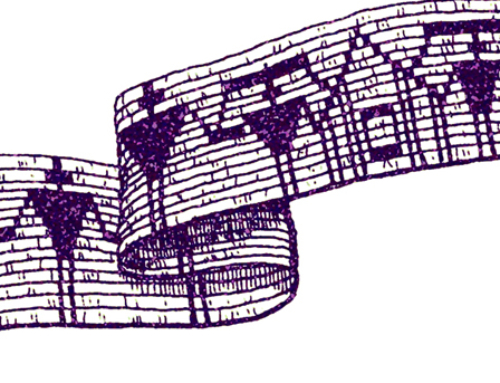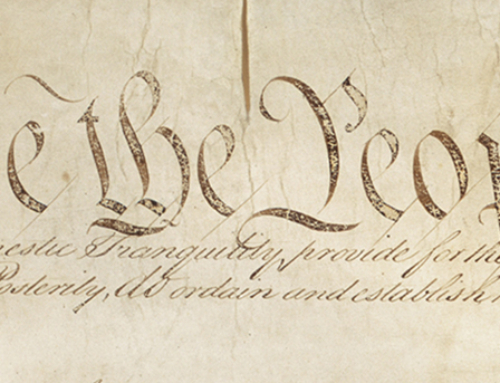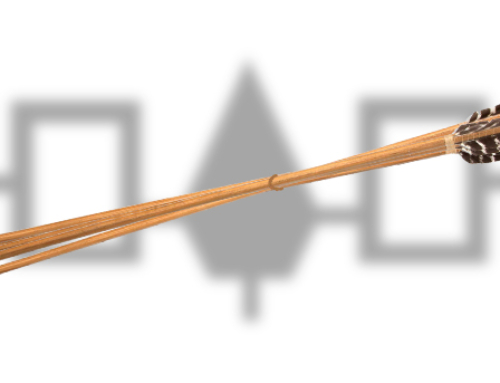Similarities between the Great Law and the U.S. Constitution include provision for a federal government, with internal sovereignty retained by the member nations or states; the concept that the office is more important than the person who holds the office; the ideal of servitude, rather than lordship, of the officeholders; representation and open debate; checks and balances to prevent too much power from being vested in one person or one branch of government and government through persuasion rather than coercion.
The Founding Fathers adopted the symbols of the American bald eagle and of several arrows together in creating the seal of the United States. The eagle – perhaps the same eagle that keeps vigil atop the Tree of Peace – carries 13 arrows in one talon, denoting the unity of the several states, and an olive branch, denoting respect for peace, in the other.
John Adams, in writings defending the Constitution, discussed the “fifty families of the Iroquois” as a model for the American states to follow.
Thomas Jefferson, who felt that people were better off with fewer laws, wrote to John Rutledge during the Constitutional Convention: “The only condition on earth to be compared with ours is that of the Indians, where they still have less law than we.”
The party of raiders who staged the Boston Tea Party in 1773 dressed as Mohawks. Some historians believe this is an indication of Haudenosaunee influence on the colonists, especially since the Mohawk nation was not local to Massachusetts Bay.
Haudenosaunee leaders were invited to Philadelphia in May 1776 – just weeks before the Declaration of Independence was adopted – to observe the Continental Congress in action. John Hancock, president of the Congress, welcomed the Haudenosaunee delegation as “brothers,” and on June 11, 1776, the Haudenosaunee responded by giving Hancock the name “Karanduawn,” or “The Great Tree.”
Thomas Paine, author of the pro-revolution pamphlet Common Sense, served as secretary to a Haudenosaunee treaty conference at Eaton, Penn., in early 1777. While there, he apparently heard a Haudenosaunee prophecy about two fighting beasts whose struggles would shake the very foundations of the Confederacy. In the end, the prophecy said, the smaller beast (America) would win and take up the ideas of the Haudenosaunee. The Continental Congress later published a pamphlet describing a similar prophecy, and it also was published in France in 1777, before the French threw their public support behind the colonists.






